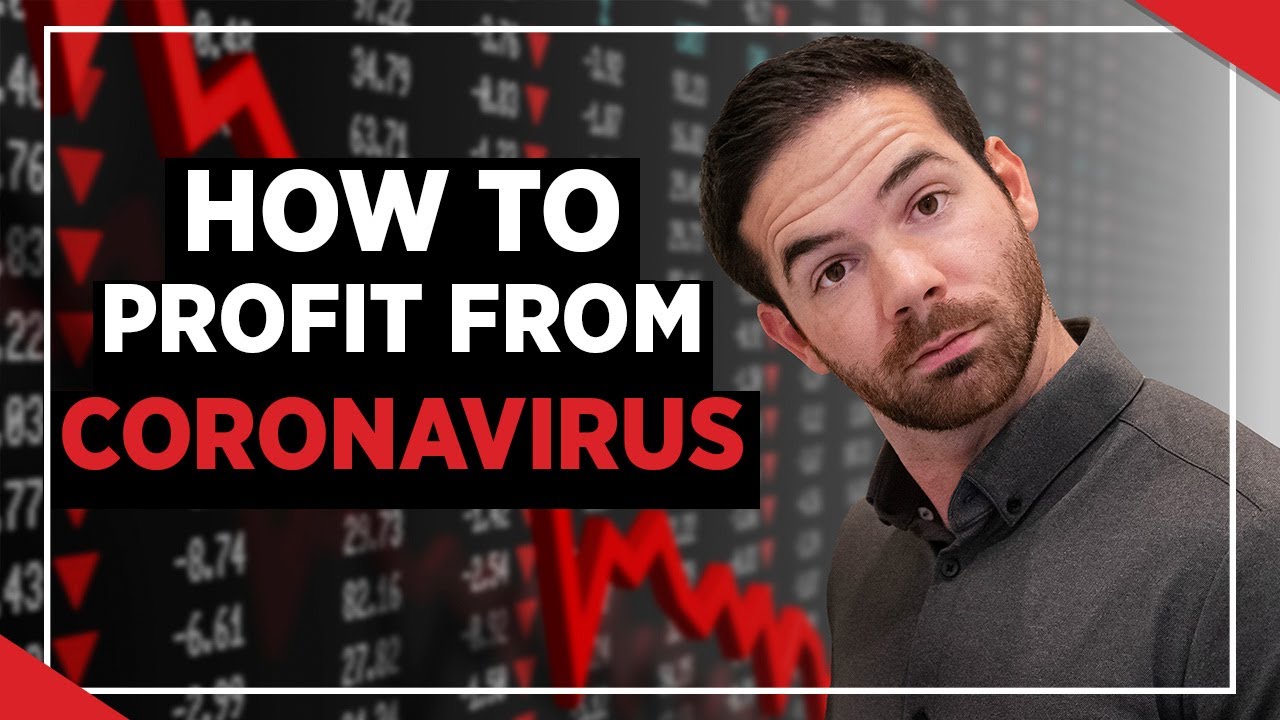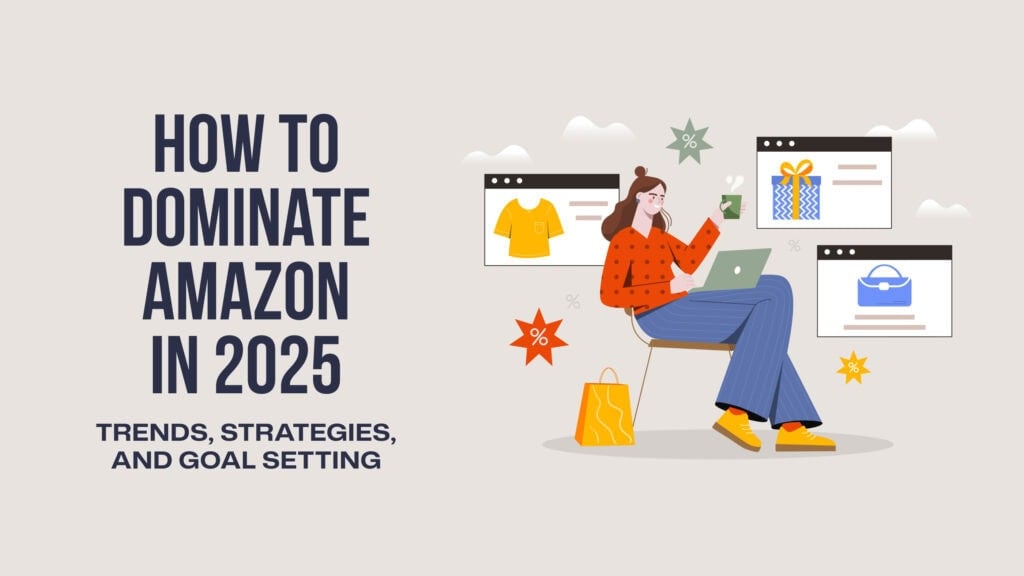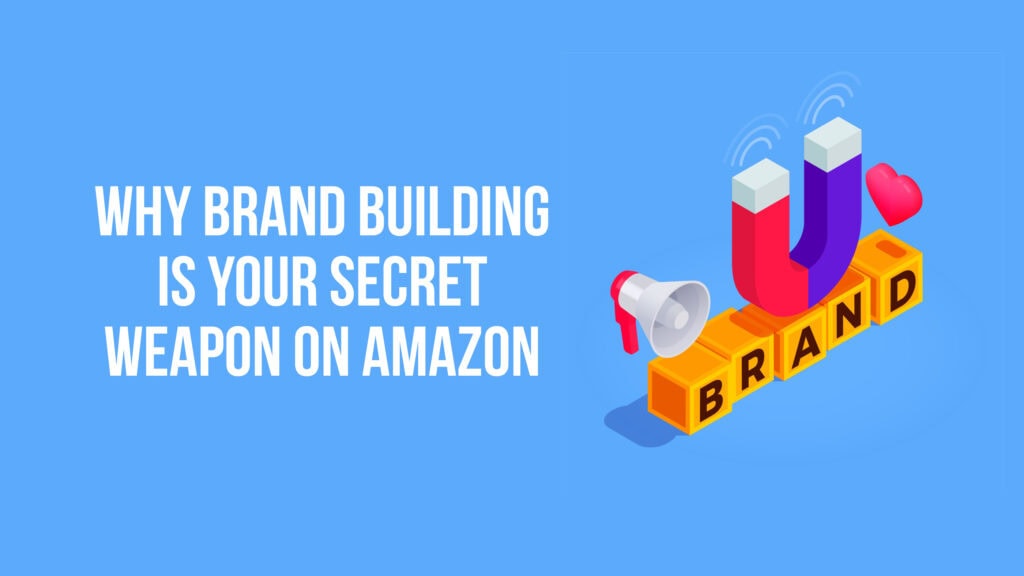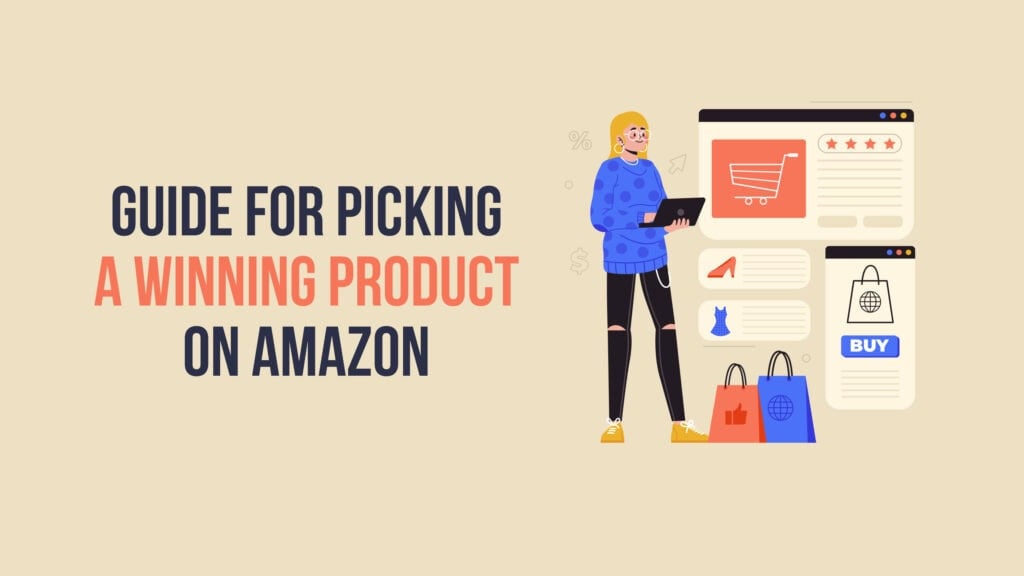One More Medical Innovation Brought to Us by Capitalism
Capitalism makes the world a better place. Want proof? Consider how medical innovation flourishes because innovators stand to profit.
A little time travel:
The year is 1347. You just awoke with painful, pus-filled boils on your groin. Your partner has terrible body aches, vomiting, and diarrhea. These are symptoms of the bubonic plague, and at least one of you will fall victim to the Black Death.
Twenty-five million people—one-third of Europe's population—didn't survive. People believed it was the end of the world. And it lasted for years with no relief in sight. Medicines we take for granted didn't exist.
The bubonic plague wasn't the only illness to wipe out so many otherwise healthy people. In 1918, another disease found its way into modern civilization—the Spanish flu.
The 1918 flu pandemic lasted for two years, infecting one-third of the world's population. An estimated 50 million people succumbed to the disease. The devastation impacted families forever.
What did both of these plagues have in common? A lack of medical innovation.
There have been countless medical breakthroughs in the past century. As we move forward, each year introduces new treatments, medications, and interventions for a plethora of conditions. Because the profit motive allows innovators to reap the rewards, capitalism's due some applause for making the world a better place.
COVID-19 Makes a Surprise Appearance
The beginning of 2020 sparked hope and joy in many people. It was the start of a new decade—a fresh slate. But those feelings soon evaporated. By March, much of the world was in lockdown as COVID-19 began making its way around the world.
As a new virus, epidemiologists didn't know how to treat the disease initially. It was a guessing game. Through trial and error, the WHO and CDC began making recommendations. Social distance. Wash hands for 20 seconds. Disinfect surfaces. Wear a mask.
Hospitals filled to capacity, and mobile morgues began popping up in larger cities. It became apparent that waiting for herd immunity would not be the best choice. Instead, society demanded a vaccine.
The Clock Was Ticking
Although vaccine technology is much more advanced than ever, it still takes time and money to develop. Traditionally, it takes 5-10 years for a vaccine to move from lab to jab. But the world didn't have that much time to wait. We needed to come up with effective—and historic—medical innovations in 2020. The entire world watched the countdown.
Big pharma companies, the private sector, and researchers decided to be the change. Now, only one year after the first known infection, the CDC has two vaccines available—one from Pfizer and the other by Moderna. (Moderna's version has proven more effective against the original strain than its newly-identified mutations.) AstraZeneca, Jassen, Johnson & Johnson, and Novavax also have promising coronavirus vaccines in phase 3 clinical trials.
Who is responsible for getting these vaccines from research to market so quickly? While many are quick to praise the government, they're not entirely correct. A special round of applause goes to capitalism. It's because of capitalism and the profit motive that companies hustled to create the impossible. And it worked.
Capitalism Is Innovation's Biggest Ally
When it comes to capitalism, most people are either for or against it. Let's use Amazon, a highly polarizing company, to describe both types.
Those who loathe capitalism typecast Jeff Bezos as a Scrooge-like villain. They assume he wants to hurt the little guy and keep all the profits for himself. After all, who needs billions?
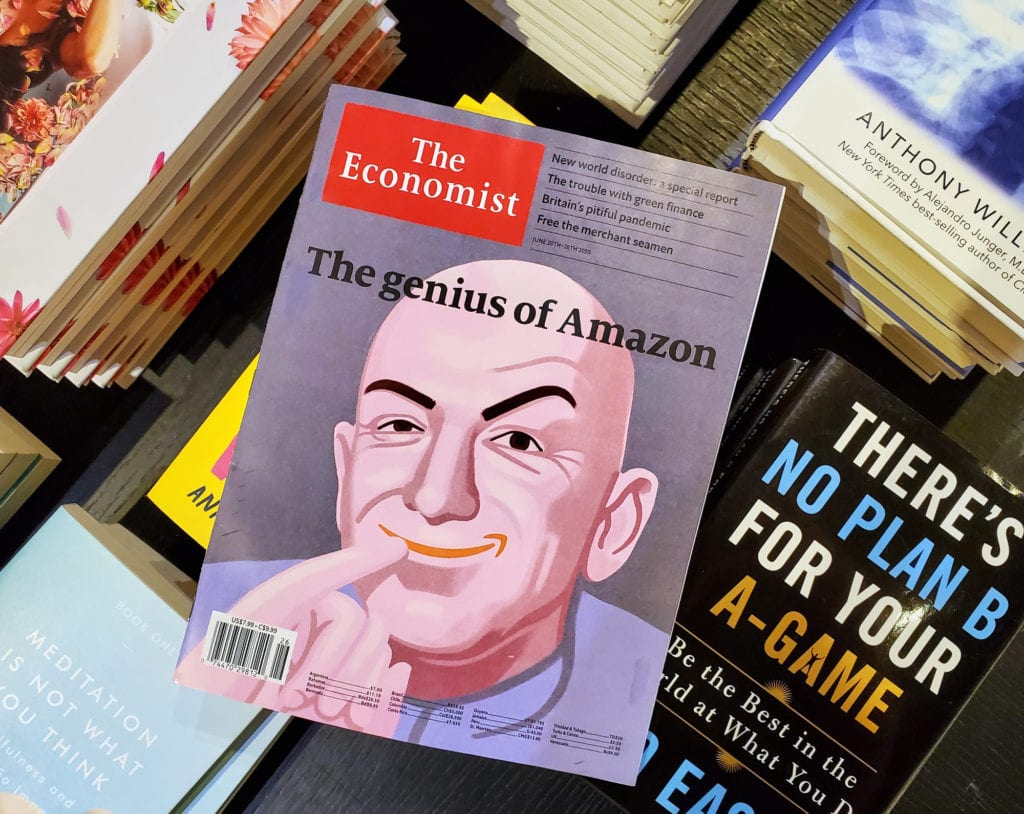
Those in favor of capitalism, on the other hand, recognize the accomplishments of Bezos. Whether they personally like him or not, they acknowledge that Amazon employs over one million people. Amazon's business model even makes it possible for small business owners to reach a massive audience in the world's biggest online marketplace. Bezos is the richest person in the world, yet owns only 12% of Amazon.
Capitalism doesn't just benefit Amazon and its workers. It benefits everyone living in society. It creates innovation in all industries. And in 2020, its role in modern medicine proved the most crucial. Pop an Advil to stop a headache? Get an MRI to diagnose an injury? Keep your kids healthy with the measles vaccine? Thank you, capitalism!
Profit Motive Is Not the Devil
COVID-19 isn't the only pandemic right now. Entitlement is right on its heels. There's a growing belief that everyone deserves the same thing as their neighbor, even if they don't deliver enough value to the marketplace to create it. Those who promote socialism believe everyone should get an equal slice of the pie. Not for nothing, but how about rather than fighting over slivers of pie, we just make a bigger pie?
The profit motive isn't a sin. Making money is good.
Without a profit motive, nothing would get done. Why do students continue higher education? Because of the promise of a higher-paying job. Why do employees wake up and work long hours? At least partially because their boss pays them. And why did so many step up to the plate to develop a COVID vaccine?
The profit motive.
Sure, there was plenty of compassion behind the vaccine race. Researchers and investors didn't want their families to get sick either. But without the promise of money, there's no reason for innovators to drop everything and funnel millions into development.
Does this make them bad people?
Absolutely not.
Making money is part of a capitalistic society. It's what makes the free market run. It fuels the economy. The profit motive encourages innovation.
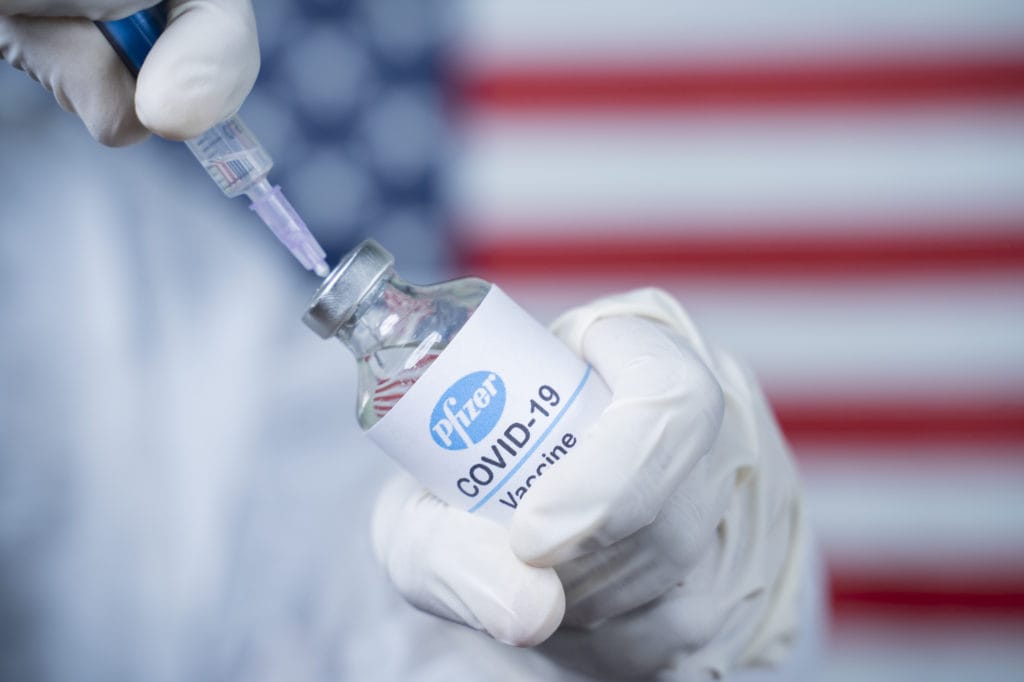
Unfortunately, there's been a push to remove the profit motive from medicine. Some medical journalists reported that profiting off innovation would bias the results. Anti-capitalists claim you can't trust scientists who work for money.
But as it turns out, you can't have your cake and eat it too. If we took away the financial reward, scientists would have no reason to spend hours, weeks, months, or years in a lab. Private companies reinvest profits to fund new projects. Without capitalism, medical innovation would come to a sudden halt.
Who Funded the COVID Vaccine?
The Trump administration proudly announced Operation Warp Speed. Its goal was to accelerate the development and distribution of a new COVID-19 vaccine. It only makes sense that when Pfizer announced they would have a vaccine ready by the end of the year, the government didn't hesitate to take credit.
But did the United States really fund the R&D?
Yes and no. The government and Pfizer did reach a $1.95 billion agreement for the advance purchase of the vaccine. But Pfizer went on to state it developed the vaccine using its own resources.
As it turns out, pharmaceutical companies and the government weren't the only ones investing in a vaccine. Capitalism played a critical role in R&D. Both private industry and the private sector stepped up to fund the cause.
Analyzing the COVID Vaccine Market
Just how much of a demand is there for a COVID vaccine? Every country in the world wants and needs one. As of the end of 2020, the virus has infected people on every continent, even Antarctica. Here's a breakdown of how many vaccines countries around the world have purchased:

As of November 2020, countries have pre-purchased 7.25 billion doses. The demand is enormous. Imagine launching a product and having billions of preorders to fulfill. It only makes sense for entrepreneurs and investors to enter the medical innovation and vaccine race.
Why Is Medical Innovation Important?
Innovation is what keeps society afloat. In the healthcare industry, biomedical advances keep people alive.
Humans are not invincible. A single infection can take down even the strongest, toughest guy on the planet. Before modern-day advances in the medical industry, simple infections often did.

Of course, advancements in medicine don't come cheap. The average cost to develop a new drug is $985 million—even for a biotech giant, that's not pocket change! Pharmaceutical companies pass the cost of R&D onto the consumer (or, in most cases, the insurance company). While drug prices may seem sky-high to some patients, most pharmaceutical manufacturers offer co-pay assistance or affordable payment options for those who cannot afford the cost.
The government also protects the intellectual property of drug manufacturers—at least for 20 years. Competitors cannot offer generic versions of a new drug until the brand name's patent expires.
Why Medical Innovation Is So Hard
You get sick, and your doctor prescribes antibiotics. You faithfully take the medication without giving it a second thought. But do you realize the rocky road that medicine traveled before making it to the pharmacy?
Medical innovation starts with a problem. In 2020, COVID-19 was the problem. The public assumed the government would jump into action and deliver a solution. But is it that easy?
No.
Innovation takes time, genius, and a lot of money. Who foots the bill? It's not just Uncle Sam. In 2018, the U.S. invested $194.2 billion into healthcare R&D. Of that, only 22% came from the government. The rest came from the medical industry, academic institutions, foundations, and voluntary associations.
And to make matters worse, most medical innovations fail.
Innovation relies on the good faith of investors ready to take the gamble. Sure, there's a lot at stake. But if all goes as planned, they win big.
Do You Want Government in Your Healthcare?
There's a big push towards universal healthcare in the United States. Those in favor believe it will give everyone equal access to great doctors. Those opposed worry quality will suffer.
How much do you trust the government? Do you want elected officials to tell you which doctors you can see? Would you let a member of Congress perform brain surgery on you?
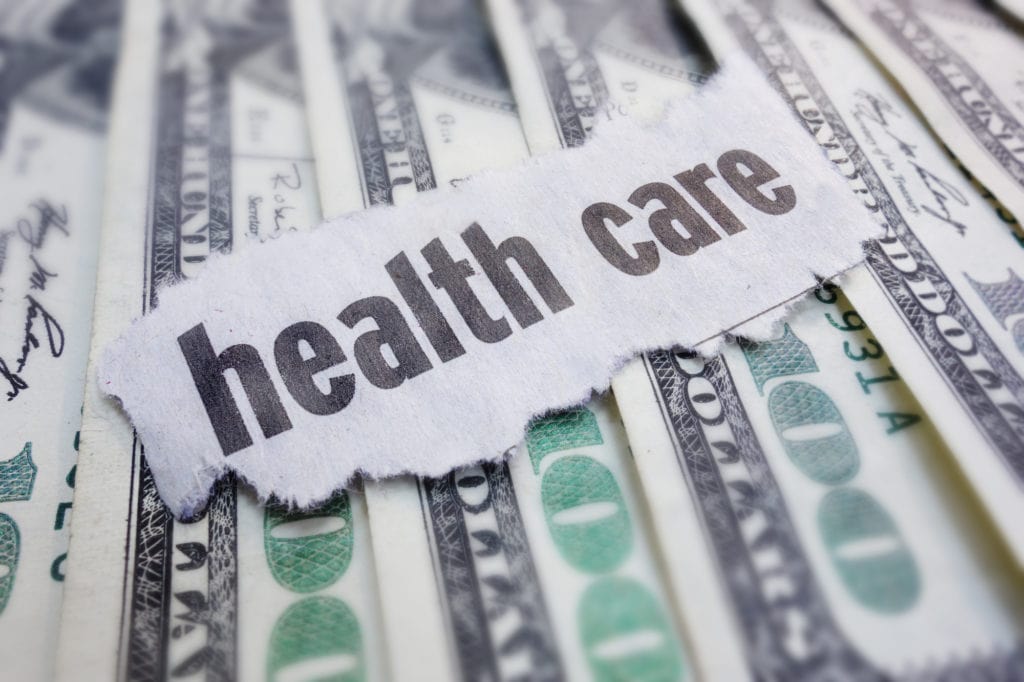
Now that we have a vaccine in hand, the rollout should make you think twice about giving the government more control. States have doses but don't have a plan for delivering them. You don't have to go to med school to know that a vaccine doesn't do any good if no one can get the shot.
The more government gets involved, the further we veer away from capitalism. Socialism sounds really enticing on paper. Who doesn't like free stuff? But do you want to give your senator full control over your health and autonomy?
When capitalism leads the way, we can expect to see a competitive drive towards newer and better innovations. Profit motive alone is enough to encourage investors to look for solutions. The more we allow competition, the more innovations we should expect in the future.
Healthcare Innovations’ Greatest Hits
Why do so many innovators continue to create even though there's so much red tape involved? Rising to the challenge is worth it, and there are plenty of rewards, both morally and financially, if you succeed.
Which contributions stand out the most? Here are the top medical innovations of all time:

These medical innovation examples are not extensive. As science and technology continue to evolve, we'll probably see even more in our lifetime.
How Many Lives Does Medical Innovation Save?
Since 1990, medical innovations have saved over 65 million life-years. People live longer than ever before. And once fatal diseases now have treatments that can extend their life for years. Nearly 70% of cancer patients live five years or longer, an increase of 13% from 30 years ago.
Futuristic medical innovations not only save lives; they also save economies. The longer people live, the more they contribute to the economy. Just the increase in cancer survival rates added an estimated $4.7 trillion to the GDP.
Anyone following the pandemic this year heard countless lawmakers proclaim, "The cure mustn't be worse than the disease!" Lockdowns forced economies across the world into a sudden depression. Small businesses closed, and people lost their livelihoods.
To combat this, many governors reopened states against the advice of the CDC. Yes, this did boost the economy. But more people lost their lives as a result. It was a "damned if you do, damned if you don't" situation.
Did these states make the right call? Only time will tell. But if anything, it only further solidified the need for a vaccine.
Hope Is on the Horizon
Now that countries have started vaccine distribution, there's finally a sense of hope. Maybe life as we once knew it will finally return. When you finally roll up your sleeve for the big jab, remember to thank capitalism for making it possible.

Even when we finally close the chapter on COVID-19, advances in medicine won't come to a halt. All across the world, investors are spending their money on treatments and breakthroughs. Researchers are working around the clock to defy the odds. Patients are keeping their fingers crossed for a miracle.
So, do the people who helped fund the COVID vaccine deserve recognition? Yes. Are they modern-day heroes? Without a doubt. Should they earn billions? Absolutely.
Your Turn to Be the Change
As an entrepreneur, you probably have tons of great ideas floating through your brain at any given time. What if your innovation became the next big breakthrough? And no, it doesn't have to be medical-related. The world needs innovators in every sector.
Ready…set…INNOVATE!
Your idea could change the world. Taking the first step is sometimes the most challenging part. If you need a little encouragement, our members in The One Percent are here to cheer you on! And be sure to check out our free 10-part video series for even more guidance.

